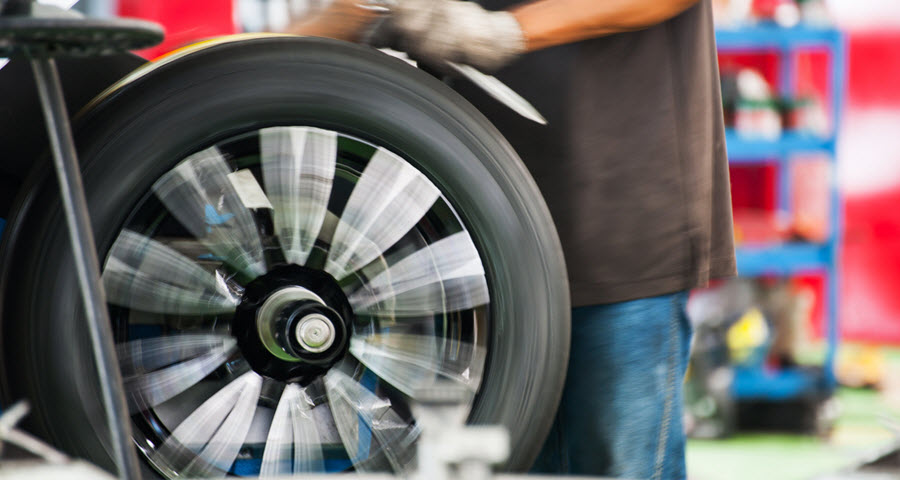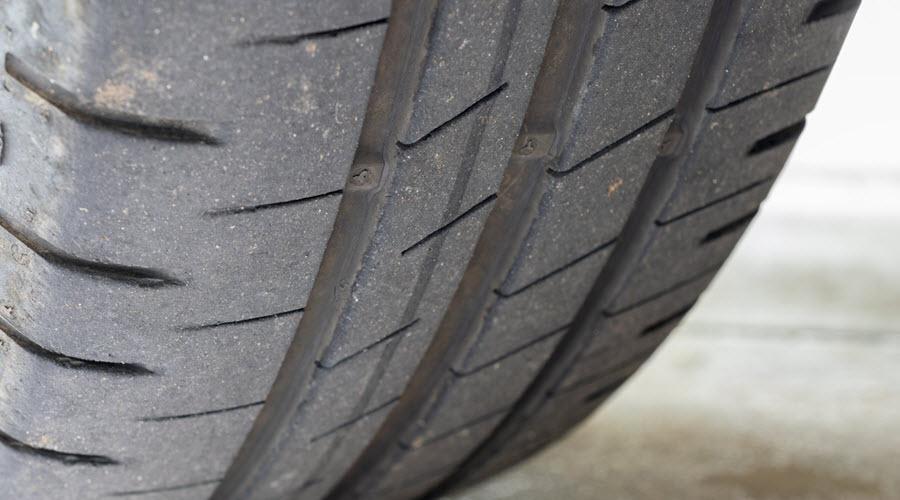It is typical for the tread to become shallower and the general performance of your tire to alter as the tire is utilized. Furthermore, irregular tread wear can occur for a variety of causes, necessitating tire replacement as soon as possible.
Routinely checking the wear condition and tread depth of all four tires on your Mini can not only alert you when a tire needs to be replaced, but it will also help you spot other maintenance issues and get the most out of your Mini tires.
In this article, we’ll look at some of the most common causes of uneven tire wear, how to see them, and how to avoid them.
Signs of Uneven Tire Wear
It’s natural for the tread on your tires to wear out, but not rapidly or unevenly, given the amount of work they do. To ensure that your Mini remains fit for the road and is as safe as possible, keep an eye out for indicators of excessive tire wear.
We have listed below a few key things to look out for:
- A vehicle that drags or pulls to one side
- Visible tire wear
- Constant steering wheel vibration
- The edges of the tire have a sawtooth appearance
- The outer edges of the tires wear out faster than the middle
- Tires on front-wheel-drive cars wear out more quickly
- One-sided excessive tire wear
- Tread cupping or dips
Causes of Uneven Tire Wear
- Improper driving habits: Wheel spinning, hitting the curb while driving, sharp cornering, and harsh braking are all examples of driving habits that can cause uneven tire wear. Potholes are a key source of concern since they can create alignment issues and accelerate tire wear.
- Tire pressure is Incorrect: When a tire is not properly inflated, it will begin to wear unevenly and at a quicker rate. Vehicle manufacturers define the appropriate pressure for the front and rear tires for a reason: it improves performance, safety, comfort, handling, and fuel economy. Tires that are properly inflated help to distribute the vehicle’s weight, braking, cornering forces, and accelerating more evenly. The area of the contact of tire tread is not optimal to tackle the specific task at hand if the tire pressure is either low or too high. As a result, various areas of the tire tread may get worn out naturally as a result.
- Unstable alignment of wheels: The adjustment of the vehicle’s suspension components and steering is referred to as tire alignment or wheel alignment. While this encompasses the wheels and tires, it also regulates the tire angles and contact with the road according to the vehicle manufacturer’s regulations (camber, toe, and caster).
- Tire wear of heel: When a particular side of one of the tire treads degrades more quickly than the other, it feels like saw teeth when you run your palm over it. Overly-negative or positive toe is the most common cause of this sort of deterioration in a shoulder rib.
- Tire wear on one side or dropped shoulder: This sort of uneven tire wear is also known as camber wear and is caused by excessive negative or positive camber. Similar to feathered tire wear, the outside or inside shoulder rib of your tread is much more worn than the others.
- Treadwear in the center of the tire: Over-inflation is the most common cause of uneven wear in the center of your tires. When your tires have too much air in them, the tread bulges in the center, producing excessive tread wear. It is advisable not to overinflate your tires to avoid having to do it again for a time, since this will only result in greater damage and a shorter tire lifespan.

How to Prevent Uneven Tire Wear in Your Mini
Over-inflating your tires won’t address the problem. Another possibility is that your alignment or wheel tracking is slightly off, which is a reasonably simple and affordable remedy. The remedy is to have your wheel and tire assemblies statically and dynamically balanced by a specialist.
If you suspect any form of puncture or leak, come to Bavarian Workshop for a tire safety check if you’re in the Agoura, Calabasas, Woodland Hills, or West Hills, CA locations.
 Rated 5 Stars on Google
Rated 5 Stars on Google 23710 Vanowen St, West Hills, CA 91307
23710 Vanowen St, West Hills, CA 91307 818-346-9363
818-346-9363